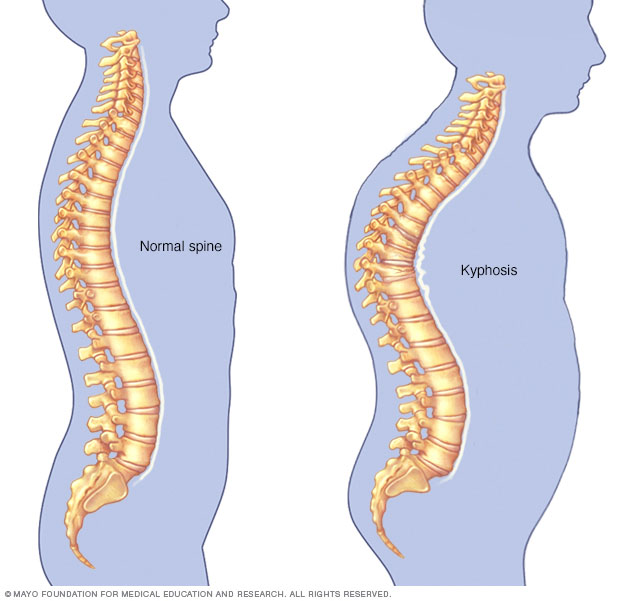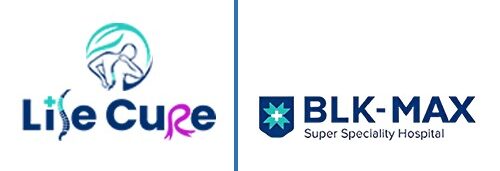Kyphosis
Service > Kyphosis

Kyphosis
Kyphosis is an exaggerated, forward rounding of the upper back. In older people, kyphosis is often due to weakness in the spinal bones that causes them to compress or crack. Other types of kyphosis can appear in infants or teens due to malformation of the spine or wedging of the spinal bones over time.
Mild kyphosis causes few problems. Severe kyphosis can cause pain and be disfiguring. Treatment for kyphosis depends on your age, and the cause and effects of the curvature.
🔷 Kyphosis – Background
Kyphosis is a spinal condition characterized by an excessive forward rounding of the upper back. While a slight curve is normal, kyphosis is diagnosed when the curvature exceeds normal limits, often giving the appearance of a “hunched back.” It can affect people of all ages but is most common in older adults due to age-related degeneration and in adolescents due to postural or developmental issues.
📌 Common Causes:
Poor posture over time (postural kyphosis, common in teens)
Osteoporosis-related compression fractures in elderly adults
Scheuermann’s disease (developmental disorder in adolescents)
Congenital spinal abnormalities (present at birth)
Spinal infections, tumors, or trauma
Degenerative diseases like arthritis
📌 Typical Symptoms:
Rounded or hunched upper back
Back pain or stiffness
Fatigue, especially after standing or sitting for long periods
Reduced mobility or flexibility in the spine
In severe cases, difficulty breathing due to chest compression
📌 Why Early Treatment Is Essential:
Early identification and management of kyphosis can help prevent curve progression, relieve symptoms, and improve quality of life. Severe untreated kyphosis can lead to deformity, chronic pain, and respiratory issues.
📌 Available Services May Include:
Evaluation by orthopedic or spine specialists
Postural assessment and spinal imaging (X-ray, MRI)
Physical therapy to strengthen back and core muscles
Bracing (especially effective in adolescents with Scheuermann’s kyphosis)
Pain management through medications or non-surgical techniques
Surgical correction for severe or progressive cases
Post-surgical rehabilitation and long-term monitoring

